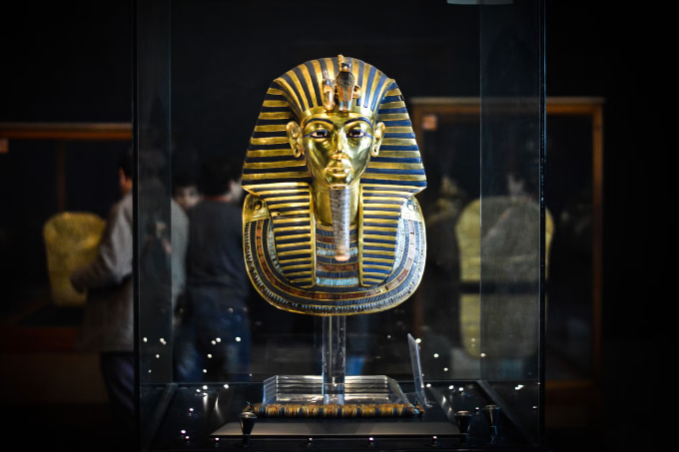Howard Carter’s 1922 Discovery of Tutankhamun’s Tomb Sparked Global Fascination and Cultural Phenomena
Just five words, scrawled sideways in a diary on November 4, 1922, signaled what would become one of the most celebrated archaeological discoveries of all time. “First steps of tomb found,” wrote Howard Carter, whose years-long excavation in Egypt’s Valley of the Kings, supported by amateur archaeologist Lord Carnarvon, was about to make history.
Over the next few months, as artifacts emerged from Tutankhamun’s untouched tomb, the world was captivated. The burial site, shielded from robbers by huts built above its entrance in a later dynasty, revealed an extraordinary array of treasures, including a solid gold coffin, jewelry, divine statues, royal chariots, and faience shabti, all preserved to an unprecedented degree.
The names Carter, Carnarvon, and “Tut” became instantly famous as “Tutmania” swept the globe, inspiring products from fashion to board games. Even after a century, the allure of Tutankhamun’s golden legacy continues to captivate imaginations worldwide.

